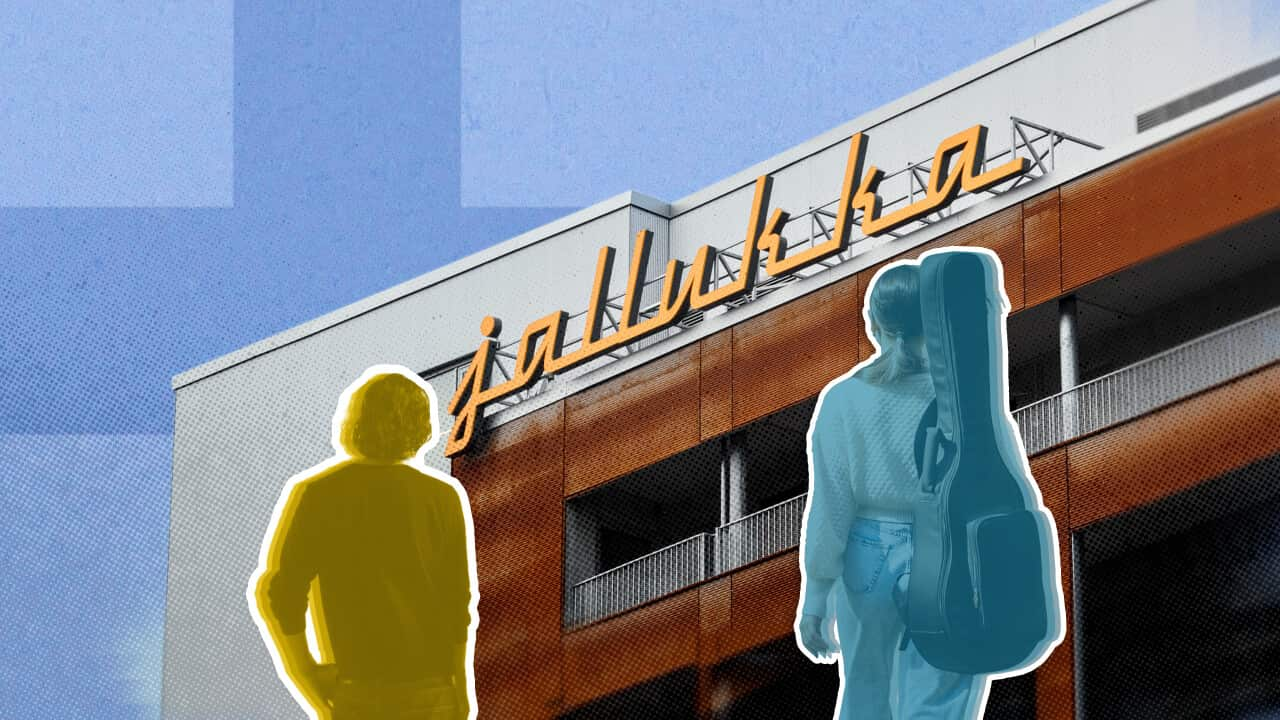Retail sales have risen for a second straight month in May, raising hopes of a recovery in consumer sentiment that could help lift Australia's weak economic growth.
Retail spending rose by a seasonally adjusted 0.6 per cent in the month to $26.08 billion, according to data released by the Australian Bureau of Statistics.
That beat market expectations of a modest 0.2 per cent rise, and follows an increase of 1.0 per cent in April, which was the biggest jump in monthly spending in two-and-a-half years.
The sustained gains raise the question on whether the slump in Australia's retail industry is over, CBA senior economist Gareth Aird said.
"We think it's a little premature to say that the retail trade sector is on a solid recovery path given wages growth is still very soft," he said.
"Notwithstanding, the last two retail trade prints have been particularly encouraging and suggest that consumer spending should post a healthy lift in the second quarter."
Retail spending has remained volatile and below the long term average, with the Reserve Bank of Australia voicing concern about the effects on consumption of rising household debt and soft wages growth.
Tuesday's data showed the monthly improvement was led by a bounce in housing-related expenditure items.
Household goods spending rose by a strong 2.2 per cent, spread across gains in electrical and electronic goods, furniture, housewares, hardware, and building and garden supplies.
Cafe, restaurant and fast food sales were up 0.6 per cent, while department store sales dropped 0.7 per cent from April.
Economists said some of this lift was contributed by some continued weather-related restocking boost after Cyclone Debbie in March, and the strong numbers also reflected a low starting point because of weak retail spending growth in the six months to March.
AMP Capital economist Diana Mousina said there are a lot of question marks around the stability of consumer spending in the near term.
"Wages growth is still running at a record low, consumer sentiment is stuck in negative, house and apartment prices are slowing and there are concerns about the arrival of Amazon in the Australian market," she said in a note.
The Australian dollar jumped on the better than expected numbers, rising to as high as 76.81 US cents after their 1130 AEST release but slumping below 76.3 US cents after the RBA left the cash rate unchanged on Tuesday.









